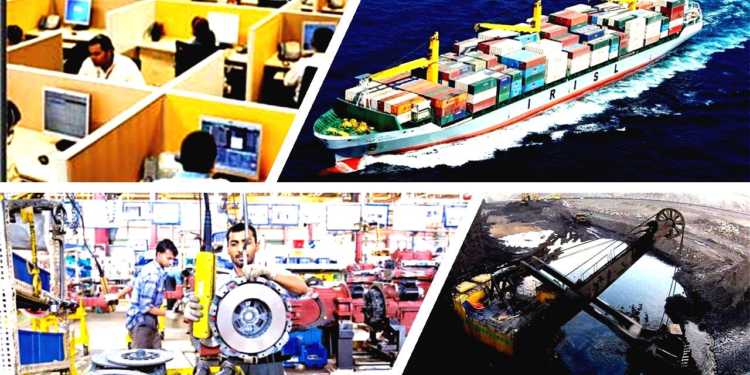For a country to grow, investments from the government as well as from private companies is essential. However, when a country has a potential to grow at a higher rate than the domestic investment capacity offers, country has to resort to Foreign investments. Foreign investments come in several forms – portfolio investments, foreign loans and foreign direct investments are some of the most important types. Portfolio investment is investments in capital markets. They generally, are of short to medium term in nature and are referred as ‘Foreign Institutional Investments’ and they don’t create any tangible/intangible assets. As the name suggests, Foreign Loans are the loans availed by either Government or by corporates for infrastructure development. They are generally of long term in nature. In spirit, Foreign Direct Investment (FDI) essentially does the same as that of as a foreign loan, with a few subtle differences.
FDI is the way a foreign national/Firms can own a part of a business or a business in its entirety, outside their jurisdiction. Though both FDI and Foreign loans are of long term in nature and help in creating assets in the target country, there are two subtle differences between them. One is, that while Foreign loans are just limited to creation of assets, FDI helps in technology transfer. In other words, FDI gives a chance to the beneficiary country to taste global practices and global efficiency. The second difference is, that in case of FDI, the beneficiary country doesn’t need to repay the loans and hence don’t have to face forex and inflation risks in future in contrast to Foreign Loans. Essentially, FDI is risk free while Foreign loans come with some strings attached. In short, FDI is the best form of investment a country can seek from foreign companies/nationals.
India started as a socialist economy that controlled almost all business activities in the country. But as the time passed, we inched towards a capitalist setup. LPG of 1991 acted as a catalyst. Companies which shied out of investments in India, started flocking to India on account of liberalised policies. In 1991, our GDP stood at ₹5.8 lac crore, it currently stands close to ₹140 lac crore. There was an increment of about 2400% in 26 years. This is huge, and much of it can be attributed to FDI, either directly or indirectly. We can establish the relation FDI and GDP growth, if we compare the growth rates of both FDI investments and GDP rate. Prior to 1991, our FDI was negligible, we received a meager amount of $74 million, in the first year after 1991 reforms. As on 31st March 2016, we had a cumulative FDI of $371 billion. We even managed to replace China as the most favoured FDI destination in the world.
If one compares the relationship between FDI growth rate with that of GDP, he would come up with the conclusion that, ‘Every 1% increase in FDI results in about 0.4-0.5% increase in GDP, though it depends on country’s development stage heavily. So, the importance of FDIs in a developing nation can’t be stressed enough. To increase the GDP growth rate by 2%, we need to have about $112 billion as FDI For India whose GDP currently stands at $2.25 trillion. We have only received $60.1 billion as FDI in FY 2016-17.
Currently, India needs investments of about 4% of GDP in the form of FDIs. But, we are not receiving enough to spur the growth rate to a double-digit figure. If we compare ourselves with our peers, in the last 10-12 years, Mexico has received over $250 billion, China has received over $2 trillion investments in the form of FDI while we are still stuck at around $250 billion.
If we take these figures as per capita FDI, we fare far worse than any major developing nation. While Mexico’s population is very low when compared to India, China has received substantially higher amounts of FDIs. And, it directly translates to per-capita GDP figures which are $8201, $8123 and $1709 for Mexico, China and India respectively. We are nowhere near to either Mexico’s or China’s figures, as clearly evident from these statistics. Even the countries with a fraction of population as that of India received substantially higher amounts of FDIs than India. We are clearly losing out the game when it comes to FDIs.
We have always been conservative about FDIs by expressing the fears about toppling of domestic businesses, loss of jobs etc. Yes, in a short run, these fears may be true. But, didn’t we express the same views in 1991? TATAs are still here and generating 60% revenues from overseas, Birlas have become a true globalised company. We have turned or created many Fortune 500 companies. All that may not be due to the FDIs, but FDIs have forced them to change, adapt and to conquer in the process. In the world economic history, there hasn’t been a single country which was destroyed by FDIs. It’s always been and always will be about the survival of fittest. If you want to win a race, you got to be the fastest of the lot.































